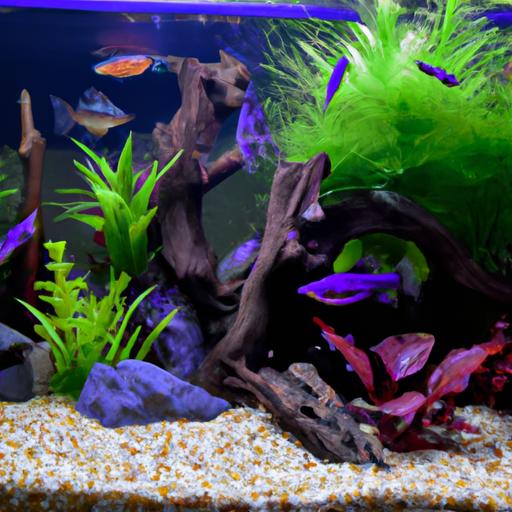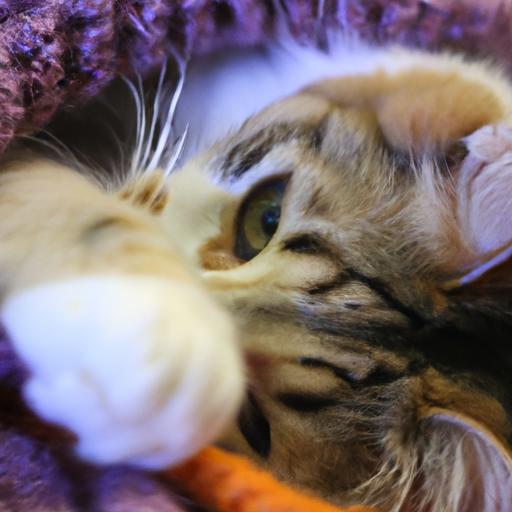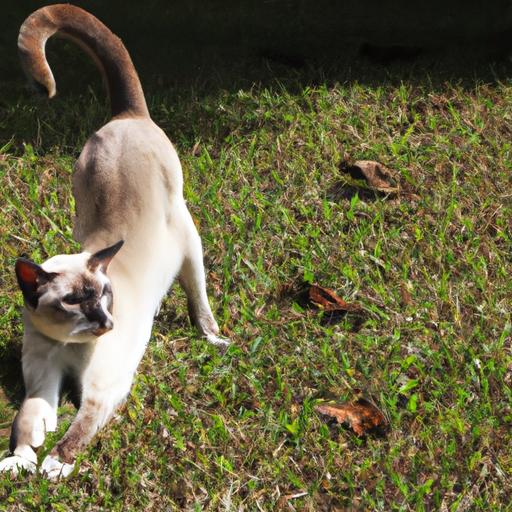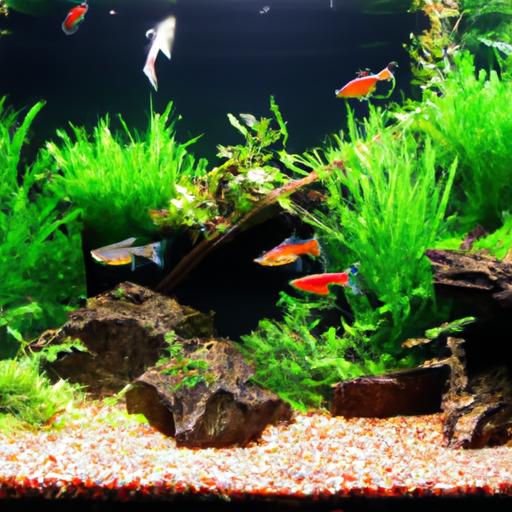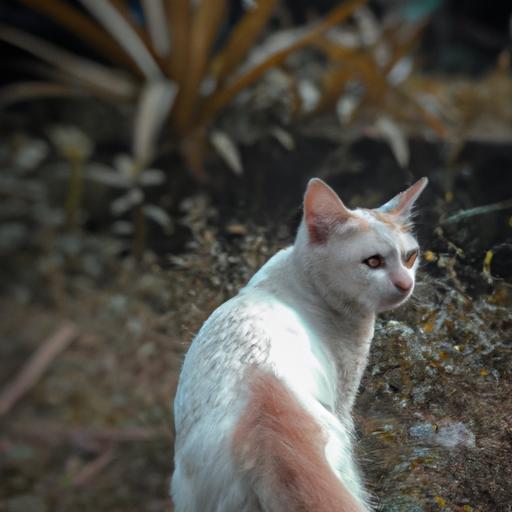
- Home
- Behavior and Training
- Cat-Friendly Plants for a Safe Environment: Enhancing Your Feline Companion’s Surroundings
Cat-Friendly Plants for a Safe Environment: Enhancing Your Feline Companion’s Surroundings
Discover the best cat-friendly plants for a safe environment. Enhance your feline companion’s surroundings with non-toxic choices. Read more now!
Introduction
As pet owners, ensuring the safety and well-being of our beloved feline companions is of utmost importance. One often overlooked aspect of creating a safe environment for cats is incorporating cat-friendly plants. Not only do these plants add a touch of natural beauty to our homes and outdoor spaces, but they also provide numerous benefits for our furry friends. In this article, we will explore the essential choices of cat-friendly plants that promote a safe environment for your cats, address commonly asked questions, and emphasize the significance of incorporating these plants for a happier and healthier feline companion.
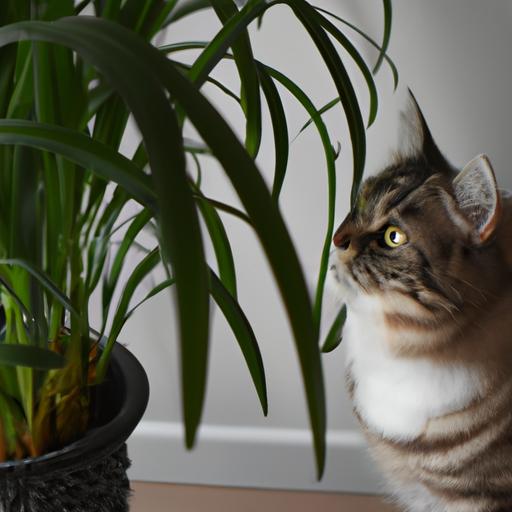
Cat-Friendly Plants: Essential Choices for a Safe Environment
When it comes to selecting plants that are safe for our cats, it is crucial to choose varieties that are non-toxic. Here are some popular cat-friendly plants that you can confidently introduce to your cat’s surroundings:
-
Spider Plant (Chlorophytum comosum): Known for its air-purifying qualities, the spider plant is an excellent choice for both indoor and outdoor settings. Its long, arching leaves are visually appealing to cats and can provide them with a sense of exploration.
-
Catnip (Nepeta cataria): Catnip is a well-known favorite among feline friends. Its aromatic leaves can be used for interactive playtime or as a calming agent. However, it’s important to note that not all cats respond to catnip, as sensitivity to its effects is genetic.
-
Valerian (Valeriana officinalis): Valerian is another plant that can elicit a positive response from cats. Its strong scent can attract and stimulate playfulness. Like catnip, not all cats will react to valerian, so it’s worth observing your cat’s response.
-
Areca Palm (Dypsis lutescens): This elegant palm species is non-toxic to cats and adds a tropical touch to any space. Its lush green fronds make it visually appealing while providing a safe plant option for your feline companion.
When selecting cat-friendly plants, it’s essential to consider their suitability for indoor or outdoor environments. Some plants thrive indoors, while others require outdoor conditions to flourish. Additionally, ensure that the plants you choose are safe for consumption, as some cats have a habit of nibbling on leaves. Providing appropriate alternatives, like cat grass, can redirect their attention away from potentially harmful plants.
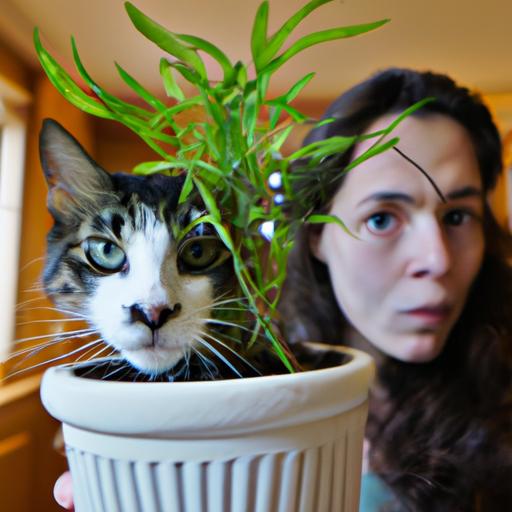
Frequently Asked Questions (FAQs) about Cat-Friendly Plants
Can all cat-friendly plants be grown indoors?
While many cat-friendly plants can thrive indoors, not all of them are suitable for indoor environments. Factors such as lighting conditions, temperature, and humidity levels play a crucial role in a plant’s growth. Some plants, like spider plants and catnip, adapt well to indoor settings, while others, such as certain palm species, may require more space and natural sunlight. It’s important to research the specific care requirements of each plant before deciding on its placement.
How to prevent cats from damaging or chewing on plants?
Cats have a natural instinct to explore their surroundings, which may include nibbling on plants. To protect both your cats and your plants, consider the following measures:
- Provide alternative chewing options: Offer safe and appropriate chewing materials, such as cat-friendly grasses or designated chew toys, to redirect your cat’s attention away from the plants.
- Use deterrents: Apply pet-safe deterrents, such as bitter apple spray or citrus scents, to plants to discourage cats from approaching or chewing on them.
- Elevate plants: Place plants in elevated positions or use hanging planters to keep them out of your cat’s reach.
- Create designated play areas: Designate specific areas for play and exploration, complete with interactive toys and scratching posts, to divert your cat’s attention from the plants.
Are there any specific care instructions for cat-friendly plants?
Like any other plant, cat-friendly plants require proper care and maintenance to thrive. Here are some general care tips to keep in mind:
- Watering: Ensure that you follow the watering requirements specific to each plant. Overwatering or underwatering can be detrimental to their health.
- Light: Place plants according to their light requirements. Some plants thrive in bright, indirect light, while others prefer more shade. Understanding each plant’s light needs will contribute to their overall well-being.
- Soil and fertilization: Use appropriate potting soil and consider fertilizing your plants as needed. Different plants may have varying soil and fertilization requirements, so it’s essential to research and provide the necessary nutrients for their growth.
What are the signs of plant toxicity in cats?
While we strive to incorporate cat-friendly plants into our surroundings, it’s essential to be aware of the signs of plant toxicity in cats. Some common symptoms include:
- Vomiting or diarrhea
- Excessive drooling
- Difficulty breathing
- Lethargy or weakness
- Changes in appetite
If you notice any of these signs or suspect that your cat has ingested a toxic plant, seek immediate veterinary care. Familiarize yourself with poisonous plants to ensure the safety of your feline companion.
Conclusion
Creating a safe environment for our cats goes beyond providing basic necessities. Incorporating cat-friendly plants not only adds beauty to our homes and outdoor spaces but also contributes to our feline companions’ overall well-being. By selecting non-toxic plants, understanding their care requirements, and taking precautions to prevent damage or ingestion, we can create a harmonious environment for our cats to explore and enjoy. Remember to research each plant’s suitability for your specific environment and consult with professionals, such as veterinarians or horticulturists, for further guidance. Start creating a safe and enriching environment for your feline companion today!
Internal links:















